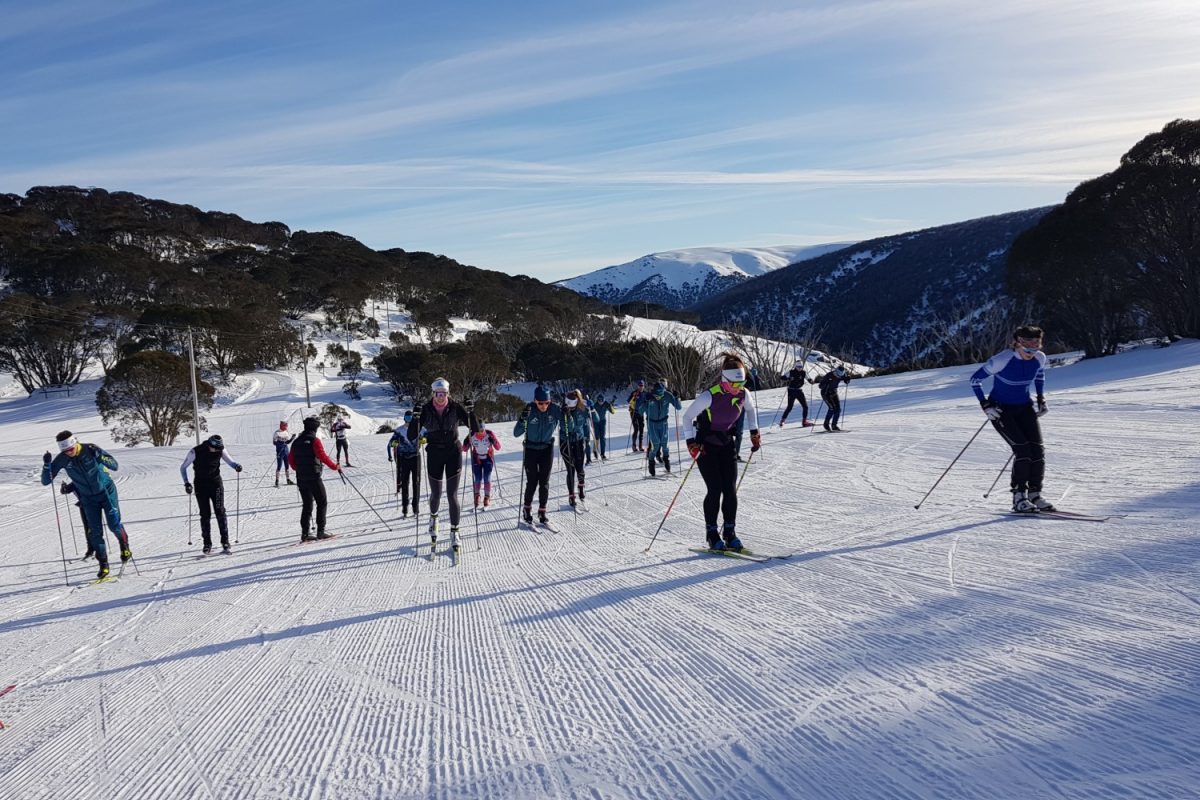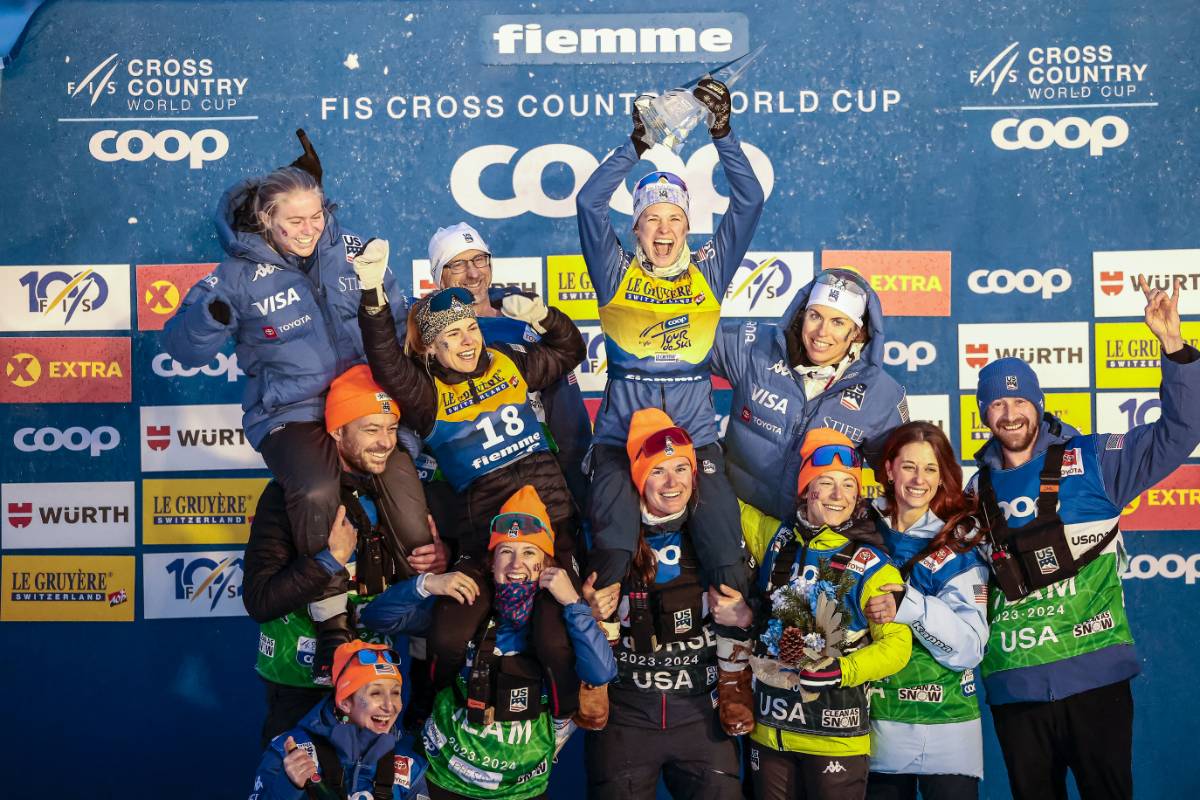NORWAY – “The interval workouts were structured in a way that we were to complete an interval session,” says the most-winning winter Olympian to date.
“It could be four to eight intervals of varying duration, which were predefined. The goal for these workouts was to finish all the intervals,” Bjoern Daehlie told Langrenn.com. He tries to explain how tough the intervals were using the 5-tiered intensity scale (1 = easy).
“We didn’t use the same terminology or scale, but the intervals were far harder than what currently is referred to as intensity 3 (aka threshold training). Each of our intervals was a PR attempt, and toward the last part of the interval, we were almost always going anaerobic to where you could feel the lactic acid attack. I would argue that this is the right way to do interval workouts. You need to train both your mind and you body,” Daehlie says, and continues: “It’s about getting to know your own body. Intensity training is where you have to fight to finish the interval and then fall to your knees to recover. That should be the rule more than the exception.”
Came prepared
During these tough interval sessions, Daehlie worked at roughly ten beats below max heart rate. The workouts were also an indication of whether he was tired or not. On days when he was tired, he couldn’t get his heart rate up high enough.
“Interval workouts are the most important parts of the training program. Consider the week ahead of you, think about the month as a whole, and set aside time to do these workouts right. You need to feel good and be well rested. I used to spend two or three days prior to these workouts making sure I was rested, and I really enjoyed these workouts,” Daehlie says.
– Did you only do uphill intervals? What do you think about running intervals on flat terrain?
“I only ran uphill intervals. But they don’t need to be super steep. When you’re running uphill, your VOmax is the limiting factor, and your heart rate will go up quickly. That’s just what worked best for me,” Daehlie explains. “But there is another point here too: wear on your body. When you run uphill, you only reach a fraction of the speed you would on flat terrain. Hard running or time trials on easy terrain or a 3,000 meter on the track takes a huge toll on your legs. Uphill terrain is much gentler in this regard,” Daehlie explains.
– Do you still do a lot of hard intervals?
“I actually use a lot of the same terrain as I used to back then, and sometimes I really want to try a real intensity workout again. But I’m afraid it would be sad commentary in the training log,” Daehlie concludes.
From Langrenn.com, September 6, 2010 By Ola Jordheim Halvorsen, translation by Inge Scheve
Inge Scheve
Inge is FasterSkier's international reporter, born and bred in Norway. A cross-country ski racer and mountain runner, she also dabbles on two wheels in the offseason. If it's steep and long, she loves it. Follow her on Twitter: @IngeScheve.




2 comments
nordic_dave
September 13, 2010 at 8:29 am
Yes!
bigski
September 14, 2010 at 8:02 am
For the Americans who feel level 3 is best, remember the big dog did all out intervals. Level 3 may have worked best for Lance but he is not racing all out for races less than an hour. I am still amazed at Bjorn’s 23:30 10km classic at the 1994 Olympics, that is so fast!